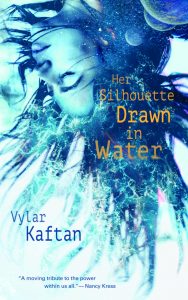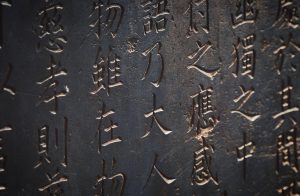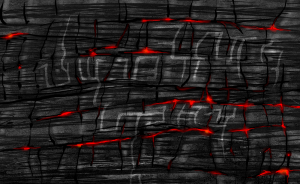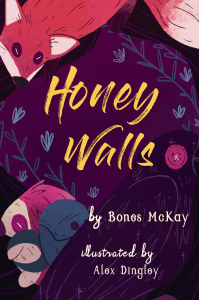An essay by Aleksandr Karamazov, as provided by Ashlyn Churchill
Art by Errow Collins
January 24
My name is no longer Aleksandr Karamazov. When this record is released, you will finally know that I am the man who brought you the possibility of colonization in previously dead space. But for now, I am nobody–officially nobody.
I’ve been chosen to work with the greatest minds on the planet, geniuses who transcend nationality, race, and law. We are ASA, the Aeronautics and Space Administration. We operate independently for the good of mankind, and our identities have been wiped. I, Sasha Karamazov, who suffers the nickname “Smerdyakov” among my university colleagues, am now an essential cog in the world’s most efficient and well-hidden machine. I will never see anyone I knew again, but it is no great loss compared to what will be gained.
So, it was not, as Rector Mikhailov sneered, a pipe dream as I designed my life-giving pods. Roscosmos refused to pay attention to me, but they were not worthy of my time in the end. I am where I need to be.
I only wish I could see Mikhailov’s face when, tomorrow, I am nowhere to be found, and neither is any record of my employment. His legacy is nothing: a university full of brats with their noses stuck in old books and a nickname (I am certain he started it) that dies with the ascension into history of its sufferer. Tomorrow, my mission begins.
~

The moon looks like a bastardization of the earth. Gray clouds swirl over a scarlet sea, and white islands poke through like boils on a diseased surface. It makes me sick to look at it.
To read the rest of this story, check out the Mad Scientist Journal: Spring 2019 collection.
Aleksandr “Sasha” Karamazov has high hopes for humanity, excluding his university colleagues. He is a professor of astronomy at a far too literary school where he is called “Smerdyakov” after someone in a book with a title that escapes him. Graciously brushing off this insult, Sasha is driven to save all humankind from the planet we are destroying. His greatest and most overlooked accomplishment is a device that will turn the moon into a thriving biome. Now, having made the right connections, he expects the world to begin lunar colonization within the year. He awaits your thanks.
Ashlyn Churchill is a literary studies student and the proud mom of a rabbit named Molly who doesn’t enjoy watching The Twilight Zone reruns as much as mom would hope. Ashlyn is an avid Dostoyevsky fan and spent too many of her teenage years reading H. G. Wells, but she would give absolutely anything for a conversation over cucumber sandwiches with Oscar Wilde.
Errow is a comic artist and illustrator with a predilection towards mashing the surreal with the familiar. They pay their time to developing worlds not quite like our own with their fiancee and pushing the queer agenda. They probably left a candle burning somewhere. More of their work can be found at errowcollins.wix.com/portfolio.
“Excerpts from ‘Mission Log'” is © 2018 Ashlyn Churchill
Art accompanying story is © 2019 Errow Collins
This story was originally published in Warp & Weave.


 Her Silhouette, Drawn in Water
Her Silhouette, Drawn in Water



